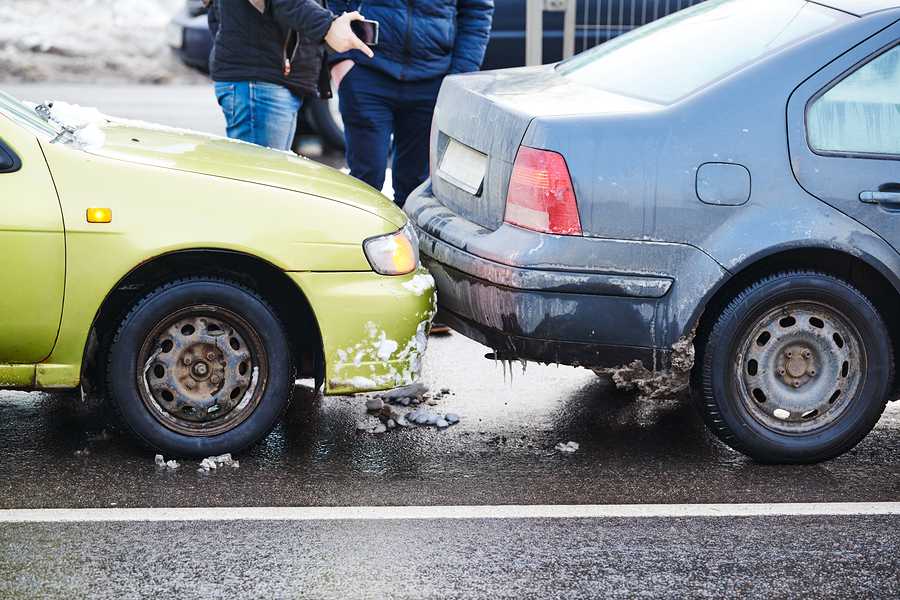How Do I Prove Liability In A Car Accident?
 Michael Babboni
Car Accidents
In most vehicle accidents, it has to be determined who is at fault, also known as who is liable for the accident. It may seem pretty clear cut to you that the other driver was at fault, but the state of Florida uses a comparative fault system to determine liability. Comparative fault assigns a percentage of liability to each driver and that is used to determine the compensation. In order to get the maximum amount that you are owed after an accident, you not only have to prove liability. You will also have to prove how most, if not all, of the fault lies with the other driver.
Michael Babboni
Car Accidents
In most vehicle accidents, it has to be determined who is at fault, also known as who is liable for the accident. It may seem pretty clear cut to you that the other driver was at fault, but the state of Florida uses a comparative fault system to determine liability. Comparative fault assigns a percentage of liability to each driver and that is used to determine the compensation. In order to get the maximum amount that you are owed after an accident, you not only have to prove liability. You will also have to prove how most, if not all, of the fault lies with the other driver.How Do I Prove The Other Driver Is At Fault?
It is very important that you prove the other person is liable for the accident. This is where a lawyer is vital. Fault is usually determined by insurance adjusters who have their company’s interests to consider and will try to assign as much fault to you as they can knowing they can pay less. In order to prove the other driver is at fault, you have to prove they have acted negligently when driving. Here are some of the ways the other driver may be at fault:
● The driver has rear-ended you.
● if the other driver is under the influence of alcohol or drugs.
● If you are driving straight and a car makes a left turn coming from the opposite direction and causes the accident.
● Not coming to a complete halt at a stop sign.
To prove negligence, you also need to gather evidence. Here are some examples of the evidence you will need:
● Photographs of the accident scene
● Medical records
● Witness testimony
● Police report
How Comparative Fault Impacts Your Settlement
When insurance companies or the courts look at the specifics of the accident, they will assign a percentage of fault to each party. For example, if you were hit by a distracted driver, but you were speeding. You will both be assigned a percentage of fault. That percentage directly impacts the value of your settlement. So if the other driver was to assigned 80% of the fault, and you were assigned 20%, you will only get 80% of the total value of the settlement. So if the total value of the settlement is $10,000, you will only receive $8,000.
How A Personal Injury Attorney Can Help
Since comparative negligence impacts your settlement, it is really important that you work with an attorney. Insurance companies will always try to argue that you are more at fault than you truly were for the accident. So not only do you need to prove the value of the damages, you will also have to prove a high percentage of fault in order to receive enough compensation to cover your injuries. A personal injury attorney will gather all the evidence needed to prove the other driver was mostly at fault and negotiate a better settlement to cover your injuries.
As a lawyer practicing for over 27 years in St. Petersburg Florida, Michael Babboni knows how Florida's comparative fault can impact your settlement. He knows all the tricks insurance companies use to get out of paying a fair settlement. He will not only provide all the evidence needed to prove liability, he will negotiate a settlement that covers all your damages. Proving liability on your own is very difficult. However, you don’t have to do it alone. Contact us today for a free case review to learn how we can help you!
